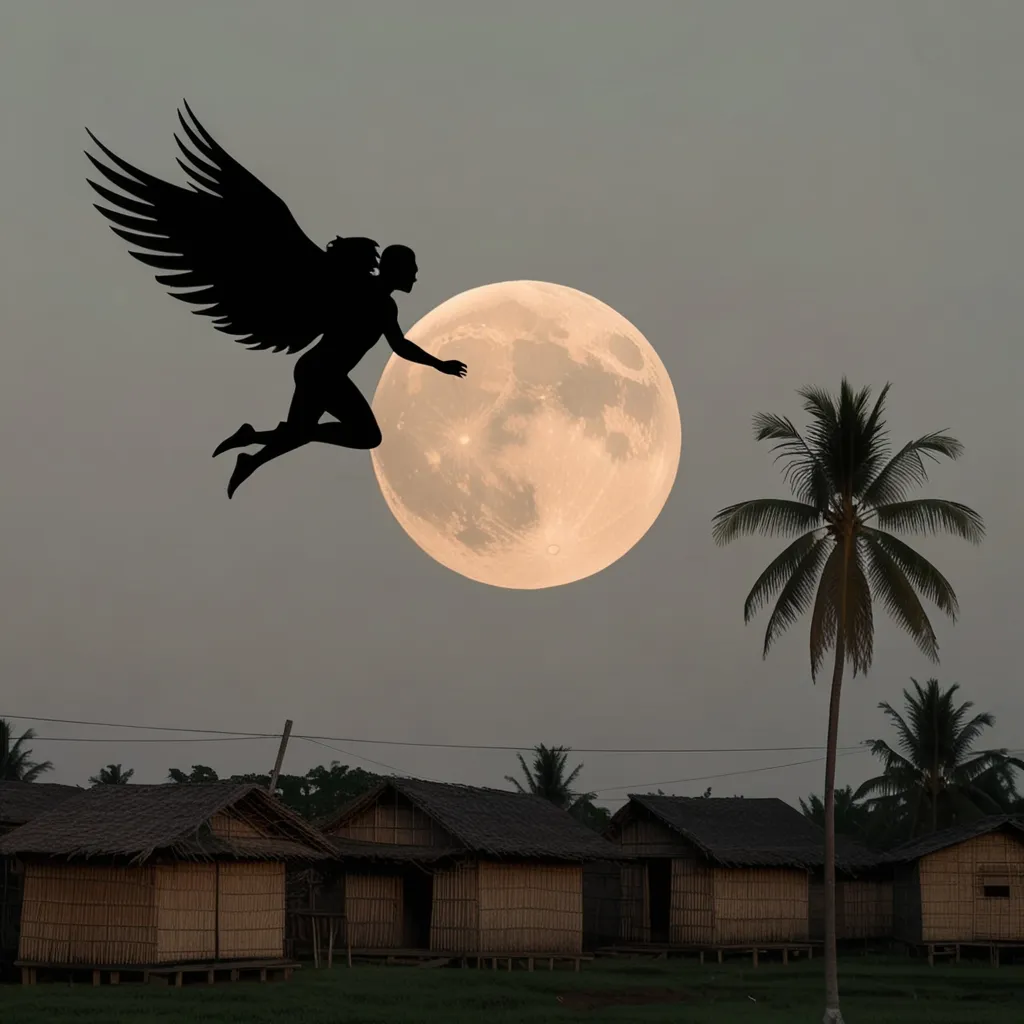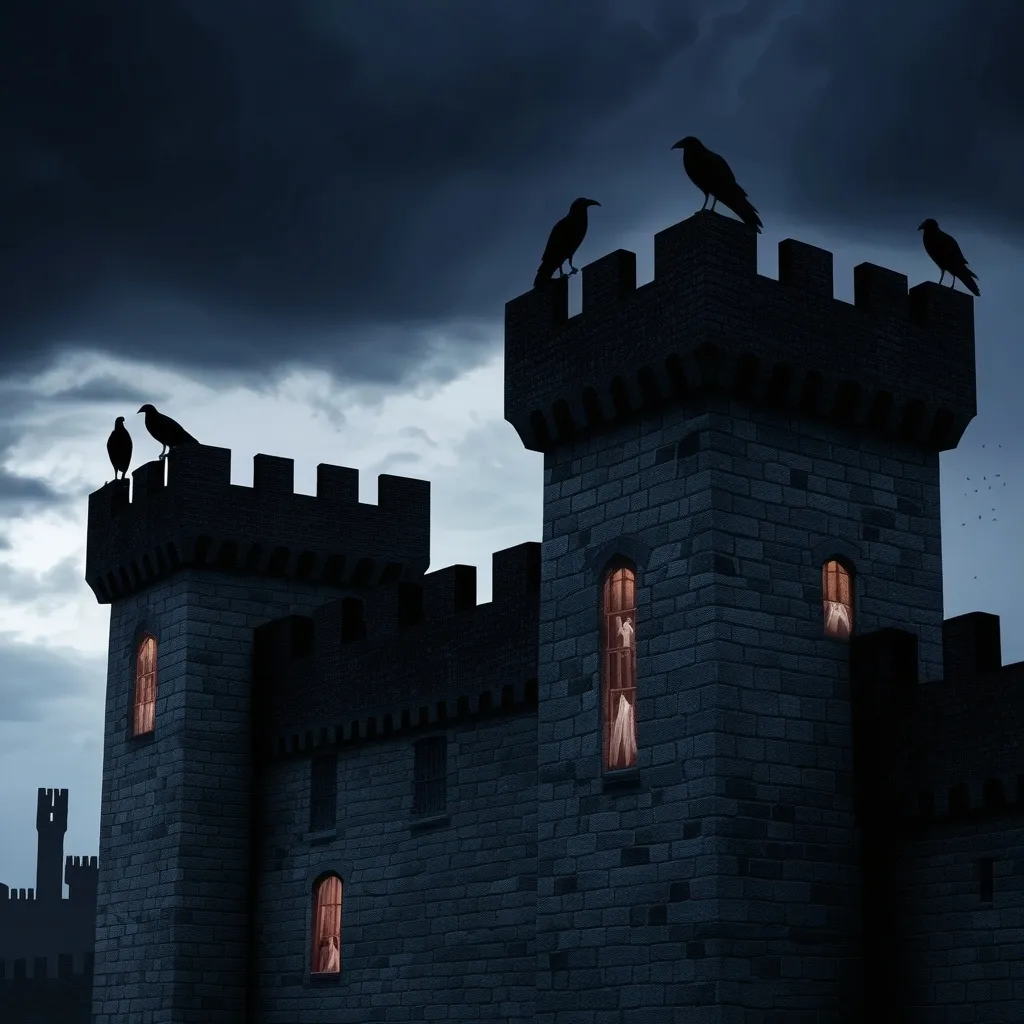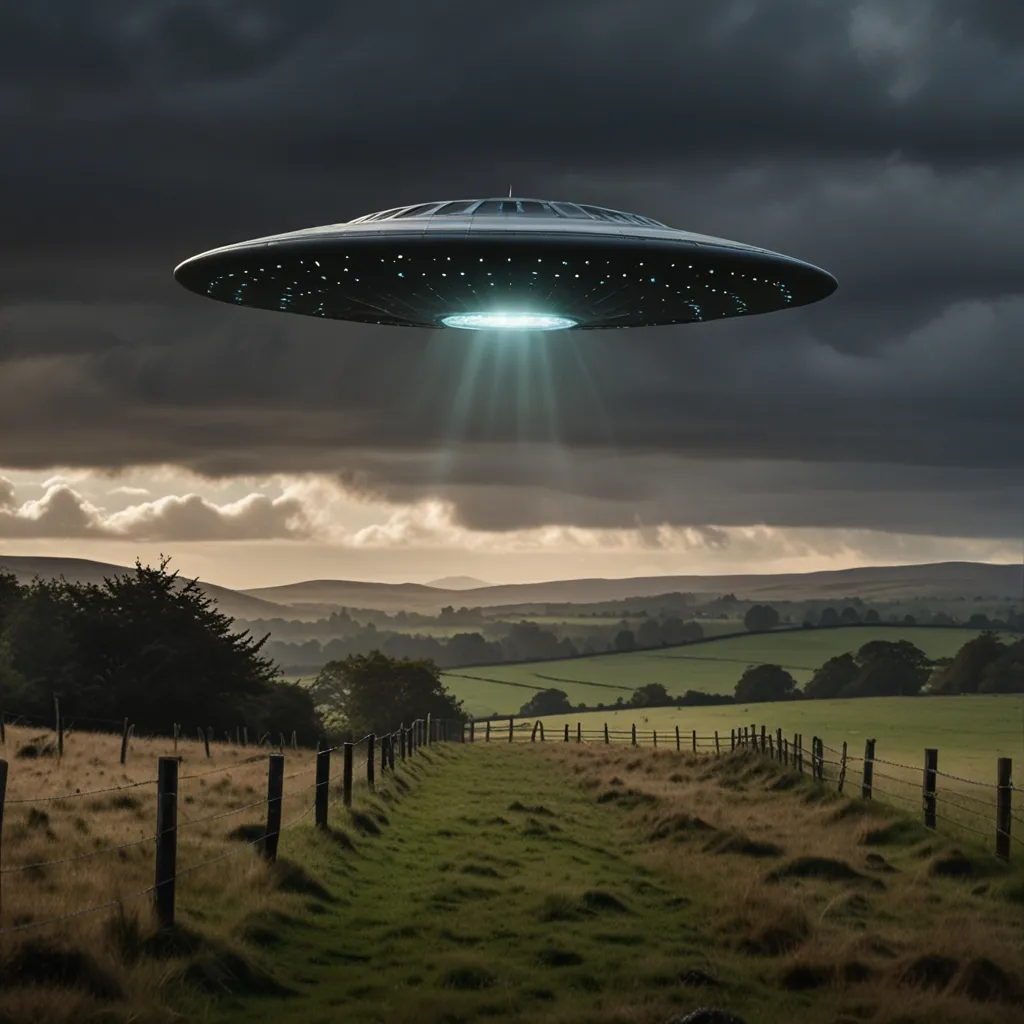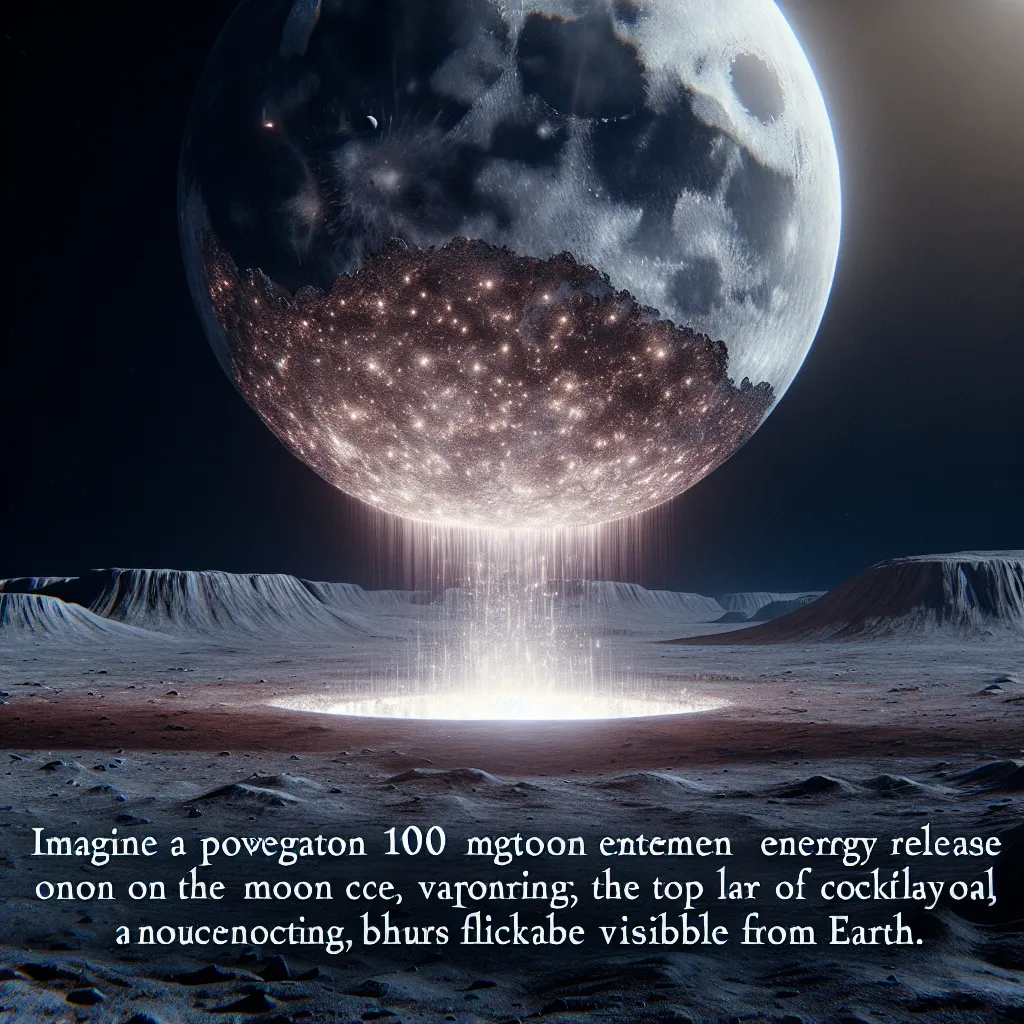The Manananggal: A Haunting Tale from Philippine Folklore
Deep in the heart of Philippine mythology lurks a creature so chilling, it’s enough to make your skin crawl. Meet the Manananggal, a terrifying beast that’s part woman, part monster, with a twist that’ll make your jaw drop. This isn’t your average bump-in-the-night story - the Manananggal has a special trick up its sleeve that’s both gruesome and fascinating.
Picture this: a woman, seemingly normal by day, transforms into a bloodthirsty creature when night falls. But here’s the kicker - she can split her body in half at the waist, leaving her lower body behind while her upper half sprouts bat-like wings and takes to the skies. Creepy, right? This isn’t just some campfire tale; the Manananggal has been a part of Filipino culture for generations, striking fear into the hearts of locals and visitors alike.
Now, you might be wondering, “What’s the deal with this bizarre creature?” Well, buckle up, because we’re diving deep into the world of the Manananggal, exploring its origins, characteristics, and why it continues to fascinate people today.
Let’s start with the basics. The Manananggal is part of a group of mythical creatures called Aswang, which are basically the Philippines’ version of vampires and witches rolled into one terrifying package. These aren’t your sparkly, romantic vampires - we’re talking full-on, nightmare-inducing monsters here.
The Manananggal’s favorite snack? Unborn babies. Yep, you read that right. This creature is said to have a particular taste for fetuses, using its long, tube-like tongue to suck them right out of pregnant women’s bellies. It’s a gruesome image that’s been keeping expectant mothers up at night for centuries.
But where did this stomach-churning legend come from? Like many myths, the origins of the Manananggal are a bit murky. Some say it all started with a black chick that grows inside a person, eventually eating their insides and turning them into a blood-craving monster. Others trace it back to ancient Philippine culture, where women held powerful roles as healers and spiritual leaders.
Here’s where things get interesting. When the Spanish colonizers rolled into the Philippines, they weren’t too keen on these influential women. So, what did they do? They turned them into monsters - literally. The Manananggal myth became a way to demonize these powerful women, stripping them of their authority and painting them as evil creatures.
Now, you might be thinking, “Surely nobody believes in this stuff anymore, right?” Well, you’d be surprised. The Manananggal isn’t just some dusty old legend - it’s still very much alive in Filipino culture today. In fact, there have been recent “sightings” that have sent entire communities into a panic.
Take the city of Talisay, for example. A couple of years back, two girls claimed they saw a winged creature that could split its body in half. Before you could say “Manananggal,” the whole town was in an uproar. People were locking their doors, hanging garlic (yes, garlic - we’ll get to that), and generally freaking out. The local authorities had to step in and calm everyone down, reminding them that, you know, body-splitting flying monsters aren’t real.
But here’s the thing - whether the Manananggal is real or not doesn’t really matter. What matters is the impact these stories have on people and communities. During the 1992 elections in Manila, rumors of a Manananggal on the loose caused such widespread fear that it was linked to a spike in miscarriages. That’s the power of folklore, folks.
Now, let’s talk about how to protect yourself from a Manananggal - you know, just in case. Like vampires, these creatures have a few weaknesses. Garlic, salt, and holy water are said to repel them. But here’s the real kicker - if you want to stop a Manananggal for good, you need to find its lower half and sprinkle salt or ash on it. This prevents the creature from reattaching itself, leaving it to die when the sun comes up. It’s like a macabre game of hide-and-seek with potentially deadly consequences.
But the Manananggal isn’t just a scary story to keep kids in line (although it’s pretty effective for that too). In recent years, it’s taken on new life as a symbol of rebellion and cultural identity. Filipina writers have started reimagining the Manananggal as a complex character, neither wholly good nor evil. In some stories, she’s a fighter against injustice. In others, she represents the struggles of Filipinos navigating life in a new country.
Take, for example, poems that depict the Manananggal as a creature trying to find its way in a strange land. It’s a powerful metaphor for the Filipino-American experience, grappling with two different cultures and trying to carve out an identity. Who would’ve thought a mythical monster could be so relatable?
Growing up in a Filipino household, you can bet I heard my fair share of Manananggal stories. They were scary, sure, but they were also a way to connect with my heritage. These tales weren’t just about fear - they were about respect for tradition and the power of storytelling.
For many Filipinos, the Manananggal represents a piece of their history that’s both terrifying and fascinating. It’s a reminder of the country’s complex past, from ancient spiritual practices to colonial influences. When modern writers tackle the Manananggal myth, they’re not just retelling old stories - they’re reclaiming their heritage and making their voices heard.
So, is the Manananggal real? Well, you’re not likely to see one flying around Manila these days. But in a way, it’s very real. It lives on in the stories we tell, the fears we face, and the way we understand our world. The Manananggal is more than just a monster - it’s a symbol of the rich, sometimes dark tapestry of Philippine culture.
Next time you’re in the Philippines, keep an ear out for stories of the Manananggal. You might just learn something about the country’s history, its people, and the power of a good scary story. Just maybe don’t go wandering around alone at night, especially if you’re pregnant. You know, just in case.
In the end, the Manananggal reminds us that myths and legends are more than just entertainment. They’re windows into a culture’s soul, reflecting its fears, hopes, and values. So the next time someone tells you a scary story, listen closely. You might just learn something about yourself and the world around you.
And who knows? Maybe, just maybe, there’s a grain of truth in these old tales. After all, the night is dark and full of terrors - and in the Philippines, some of those terrors might just be able to detach their upper bodies and fly.






